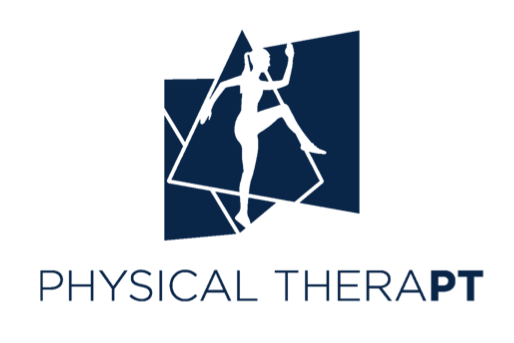When it comes to massage therapy, many people wonder how intense the pressure needs to be to achieve the best results. There is a common misconception that the deeper and harder the pressure, the more effective the massage. However, the relationship between pressure and therapeutic outcome is more nuanced. Let’s explore the difference between deep pressure and deep tissue massage, why excessive pressure can be counterproductive, and how to find the optimal level of pressure for your needs.
Too Much Pressure?
One key aspect of effective massage therapy is understanding that getting muscles to release isn't about forcing them into submission. When a massage therapist applies pressure, sensory receptors in the skin and muscles send signals to the brain. These signals can help the brain to recognize tension, slowly convincing it to relax the muscles.
While other physiological effects also contribute to reduced tension in the body, putting the brain into a parasympathetic state is key to maximizing the benefits of massage. This means that excessive pressure is actually counterproductive, causing the body to go into a protective mode and tightening up the muscles even more in response to pain or perceived threat. Even worse, too much pressure can cause bruising, inflammation, or further injury.
Finding the Optimal Pressure
The goal of massage therapy is to promote relaxation and facilitate muscle release, not to cause pain. While a certain level of discomfort might be expected, particularly when working on tight or knotted areas, the sensation should be more of a "hurts so good" feeling rather than outright pain.
The optimal pressure during a massage varies from person to person and even from one area of the body to another. What feels good for one person might be too intense or too light for another. The "hurts so good" sensation is often an indicator that the right amount of pressure is being applied. This feeling suggests that the pressure is sufficient to address the muscle tension without causing excessive pain.
Take Control of Your Experience
To get the most out of your massage therapy session, there are several things you can do to help facilitate muscle release:
1. Stay in Communication
Always communicate with your massage therapist about the pressure being applied. No massage therapist, no matter how experienced, can know exactly what you are feeling. Your feedback is essential to ensure the pressure is just right.
2. Avoid Tensing Up
Try to keep your own muscles from tensing during the massage. Tension in the muscles can counteract the effects of the massage and make it harder for the therapist to work effectively.
3. Breathe Deeply
Make sure not to hold your breath. Deep, steady breathing can help to relax your muscles and enhance the therapeutic effects of the massage. When an especially tender or tight area is being worked on, focus on taking deep breaths to help the muscles release.
4. Relax Your Mind
Mental relaxation is just as important as physical relaxation. Try to let go of any stress or anxiety you may be holding onto. A calm mind can help facilitate muscle relaxation.
Effective muscle release involves communicating with the brain through slow and deliberate touch. The right amount of pressure to accomplish this is different from person to person and won’t even be consistent throughout your entire massage. Let go of any preconceived notions about how light or deep a massage needs to be. By finding a balance that promotes relaxation and healing without causing unnecessary pain, and by communicating with your massage therapist, you’ll be surprised at how much more benefit you can get out of each massage!
To learn more, check out these articles:
Journal of Bodywork and Movement Therapies
Deep tissue massage: What are we talking about?
National Library of Medicine
Brain Activity Underlying Muscle Relaxation
The mechanisms of massage and effects on performance, muscle recovery and injury prevention






